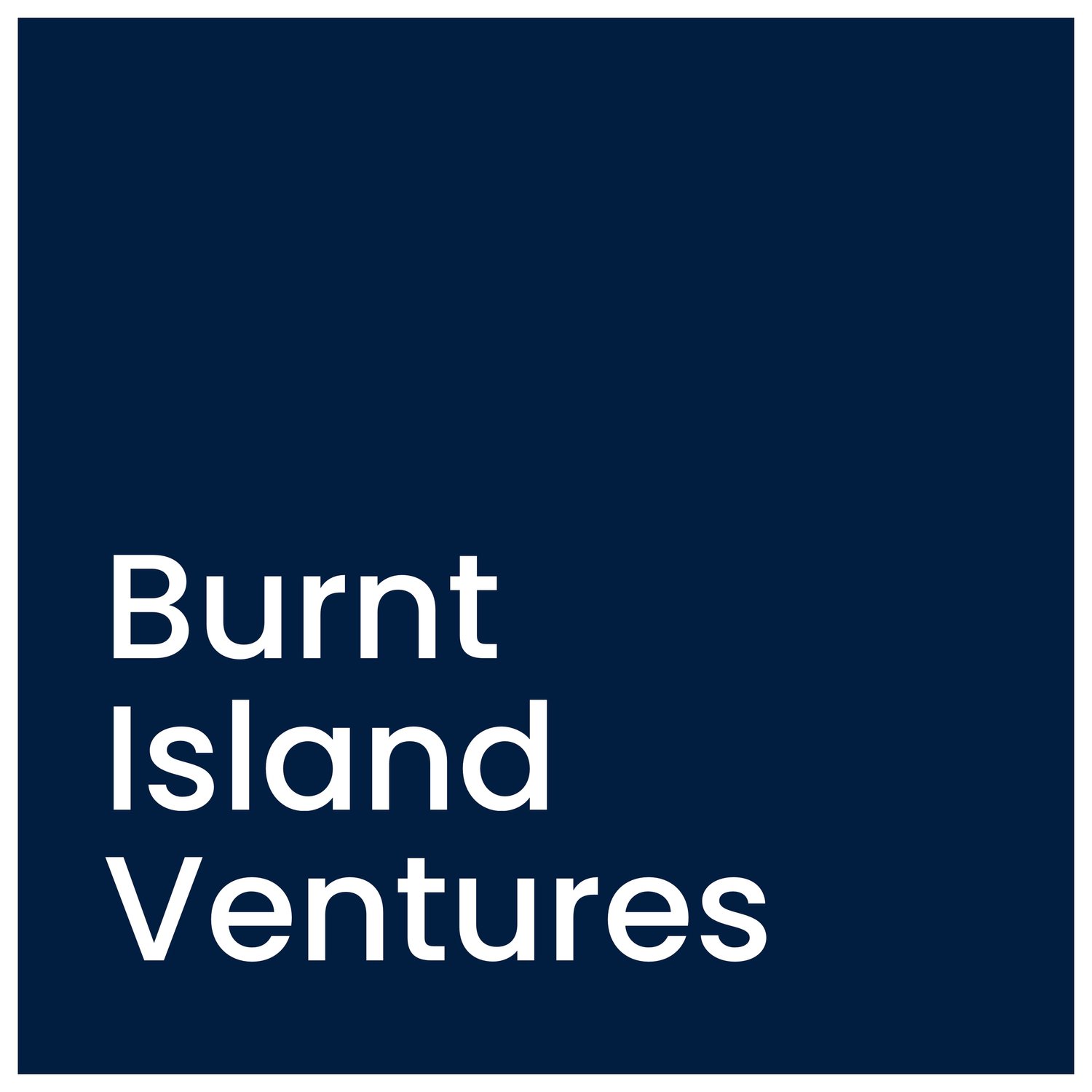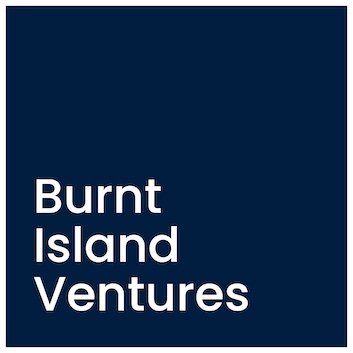Why We Invested in AquiSense
Disinfection is crucial in drinking water treatment, and all potable water has to go through some form of disinfection process, as do many wastewater, commercial, and industrial processes. Chlorination disinfection was first introduced to public drinking water treatment in the US in 1908. By 1920, virtually every water utility in the US and Western Europe had adopted chlorine treatment - an amazingly fast, full adoption of a new technology - and disinfection is now a ~$30B/yr global market. Chlorine is cheap, effective, and kills most pathogens. While you might think that chlorine is basically the Windex cure-all for sterilizing water, there are a lot of problems with chlorine: it’s inherently toxic and a hazard to transport, store, and dispense - and many pathogens like Cryptosporidium, Giardia, Pseudomonas, and some viruses are actually chlorine resistant meaning that chlorine alone isn’t reliable for disinfection. Also, when used in treatment, chlorine creates toxic byproducts (termed disinfection byproducts, or DBPs) that give water a bad odor and an off taste - and can increase the risk of cancer. The industry has been on the hunt for safer, cost-effective alternatives for the past 105 years and we’re due for an upgrade.
Ultraviolet (UV) technology is a highly effective means for disinfection and was first demonstrated for water systems around 1910 and started to be more broadly commercialized in the 1970s and 80s. Importantly, UV is effective against all pathogens, including those resistant to chlorine. The UV market for water & wastewater treatment has ballooned to about $1.5B/yr in size and is growing at ~8-10% CAGR, which is faster than the water sector on average.
The primary advantages of UV are that it’s chemical-free, doesn’t cause toxic byproducts, and has no pathogen blind spots. The challenge is with implementation. Traditional UV lamps contain mercury, which is severely harmful to humans and the environment - think Mad Hatter level repercussions. If and when a lamp breaks, your water treatment plant has big problems. And mercury is on a path to be banned outright globally as a result of the UN Minamata Convention on Mercury. In addition to the mercury problem, legacy UV systems also suffer from a range of other problems, including limited on/off cycling, long warm-times, fouling that’s exacerbated from the heat generated by the mercury lamps, and the systems only produce modest amounts of UV (medium pressure systems produce more, but have lower efficiency), and the quartz sleeves are prone to breakage.
While the incumbent mercury UV companies have done an outstanding job with continuous improvement and advancing their tech over the past ~50 years, what’s needed is an alternative that provides the full range of benefits of UV but without mercury or the operational drawbacks of legacy systems - and ideally a tech that still has a good improvement runway ahead.
Enter AquiSense, the leader in UV-C LED tech for water treatment, a “start-up” that’s already sold ~500,000 UV-C LED disinfection systems! By using LEDs as the source for generating UV light instead of mercury, AquiSense avoids all of the problems with legacy tech and provides a range of valuable benefits that end users might not have even realized are possible: 1) Lamp replacement is simple and fast because long, fragile tubes containing toxic mercury are avoided; 2) LEDs have unlimited cycling and are instant-on, so no need for a ~15 minute warm-up time, making UV possible in applications that require frequent start-ups and shut-downs and in applications where the LEDs need to achieve the required biocidal effect right away (think water coolers to municipal filter back-washing); 3) heat is kicked-out away from the fluid to be treated and not towards a quartz sleeve that heats-up and fouls; 4) the light output from LEDs is at a precise wavelength that’s ideal for biocidal effect, avoiding the generation of light that’s just not effective; 5) LED output is insensitive to the temperature of the water to be treated, unlike with the mercury UVs. Further, and unlike mercury UV which is largely development-plateaued, LEDs are on a Moore’s Law like steady improvement of light output per device and cost reduction, which means clear sailing ahead on the continuous improvement superhighway.
Oliver Lawal and Jennifer Pagan founded the company in 2015, sold it to the UV-C LED supplier Nikkiso in 2016 to facilitate intensive capital investment and market entry, and at the end of 2024 the management team of AquiSense bought the company back to build the company they want it to be. And they’ve got quite a lot of room to run as they tackle a century-old, industry-wide problem. It’s deeply exciting. Oliver, Jennifer, and the entire AquiSense team, thanks for letting us provide some fuel for the journey ahead. Here’s more on why we are thrilled to have led AquiSense’s Series A.
A Burning Platform
Mercury is inexorably on the way out. Why would a large industrial or municipal facility make a decision now to buy a mercury-based UV system that has a 20 yr asset life, for which lamp replacement will be required every one to two years, when it’s quite possible that regulations will come to ban mercury - especially when a viable, proven, and superior mercury-free tech is available? Customers across a range of industries, including municipal water supplies, wastewater treatment, beverage companies, and pharma, all tell stories of major issues with using mercury based UV disinfection. Handling of the long cylindrical lamps requires protective safety gear due to the hazard of the lamps breaking and releasing mercury, and installing & maintaining the systems with finicky ballasts and delicate quartz sleeve lamps is timely and expensive - and that cost of downtime is absolutely real, especially for industrial customers. Many users, including in the beverage industry, maintain costly filter traps post UV to protect against mercury contamination from the inevitable lamp breakage. The mercury systems also take time to turn on as the mercury needs to heat-up and boil into gas form before it can produce UV light. One utility customer reported that they can only switch a mercury based system on and off twice a day as it takes that long to warm up and be operable. The quick on/off of LEDs is opening a new disinfection market for more instantaneous uses such as point of use beverage systems. The advantages of AquiSense’s LED tech are as many as are the drawbacks of mercury, but maybe it’s just as simple as this: we shouldn’t be using a neurotoxin for water treatment.
The Full Gretzky
Aquisense is skating to where the market and disinfection tech are going. The effect of Moore’s Law on the semiconductor industry is well known, and Haitz’s Law is the analogue for the LED industry, and the Haitz Law for UV-C LEDs shows about a 20X increase in light output and 10X price-per-output decrease every 10 years. Haitz’s Law should continue to play out for the benefit of AquiSense and its customers while the mercury products are pretty close to their entitlement. AquiSense’s LED UV products currently have a lamp replacement interval of around 2 years (similar to mercury systems), meaning that the “aftermarket” replacement business will grow as well - and Haitz Law means those future replacement lamp replacements will benefit from that continuous improvement superhighway.
Obvious Product/Market fit (in a rapidly expanding market)
AquiSense is deeply intimate with their customers, as if in a partnership, focusing on their job to be done. Their customers principally need disinfection, and disinfection without chemicals - that’s UV - but without the problems of mercury and without compromises. AquiSense has an excellent ability to identify what their customers want and tailor that into differentiated products that leverage the company’s core strengths and the unique attributes of LED technology. And while doing that over the past 10 years, they’ve amassed a huge amount of learnings and advancements, from deep supplier relationships and tons of operating data to driving deep down a multi-generation product plan to trade secrets and a broad patent IP portfolio. And, they have done the hard science work, publishing work and supporting academic research and have worked collaboratively with utilities, corporates, and industry groups, amassing a strong brand & reputation as well as an army of collaborators. AquiSense, as a nimble pure-play technology leader, innovates and turns fast learning cycles.
Exceptional Team and Founder Attributes
The AquiSense leadership team is not only really good, they have worked together for years without turnover. They are quite tight and are operating at a high level - communications are rapid and decision-making is sound - the organization is highly effective. The team is able to balance having the necessary structure, focus, and discipline while staying dynamic and nimble. AquiSense is led by Oliver Lawal (CEO), a former Wedeco executive and former President of the mercury UV company Aquionics (now Nuvonic). He founded AquiSense in 2015 as he saw UV-C LED tech as the future, acquiring the UV-C LED research company Dot Metrics and bringing on its Director of Research, Jennifer Pagán, as Co-Founder and CTO. Dr. Pagan is an expert on semiconductor materials for UV LEDs and also a widely respected expert on UV LED systems - and she’s an outstanding leader. And they’re surrounded by a stellar team including UV veterans (Thomas Arnold leading EMEA and Wes Morin leading Operations) and bright young stars (Dr. Rich Simons leading Applications Science and Aaron Leber leading Sales in the Americas). They communicate frequently, both in standing meetings and ad hoc, and are all engaged in decision-making, which is by consensus with robust debate and where the functional leaders with the most relevant point of view have the most weight on a question, and then when a decision is made all accept that and work that plan. Impressive indeed.
A Sustainable Technical Lead
AquiSense, though still an emerging company, is the undisputed leader in UV-C LED technology for water treatment. They are well down a technology maturity path - their current generation of products are way simpler, way smaller, way better looking, and are way more mature than their original offerings, and they have built a strong brand and reputation in their niche. It’s not often to be able to invest in a differentiated, well patented company that has sold 500,000 systems and is the recognized leader in their field, with credible growth plans in an attractive, high-growth segment of the water treatment industry where the incumbent tech faces serious headwinds.
AquiSense is well-positioned to help the industry migrate away from mercury and its limitations to UV-C LED technology and its benefits. They’ve built a commanding leadership position. It’s deeply exciting and we’re thrilled to be a part of it. Oliver, Jenniefer and team, thanks for letting us join along for the journey.

